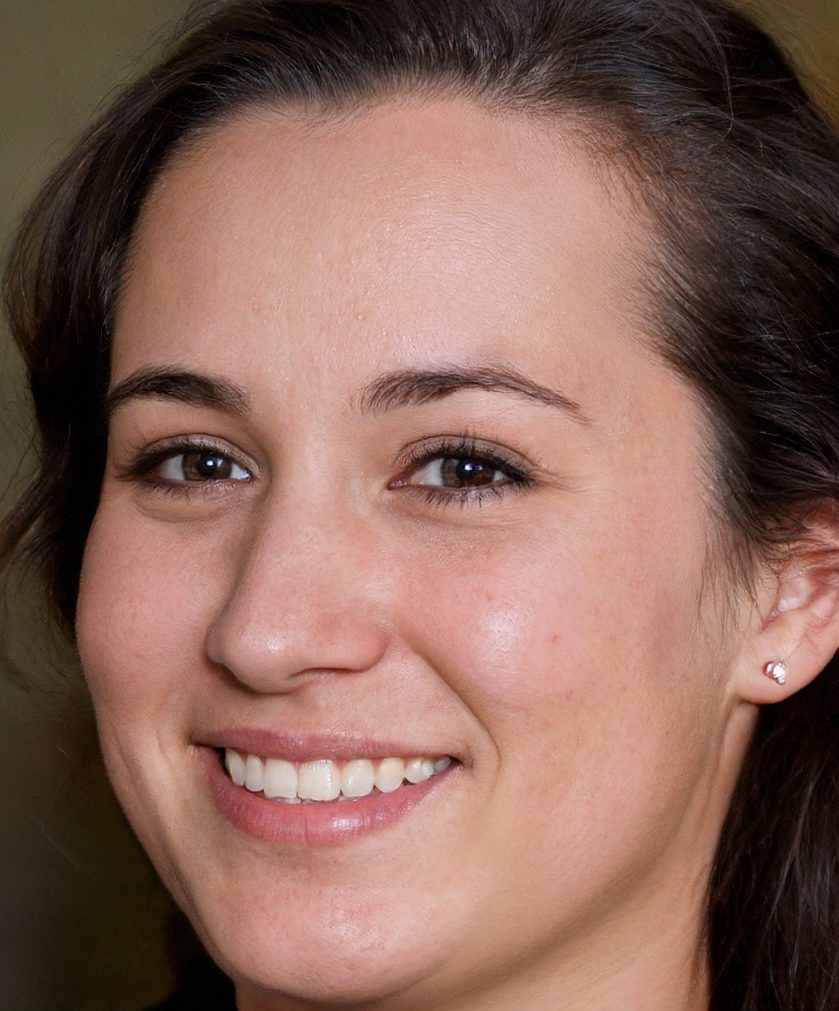Table of Contents
Beginning
Procedure
Participants
Apparatus, materials
Method
Original: Guide
Paraphrased: Manual
The outcomes
Talking
An opening statement
This is a brief introduction to the topic.
Facial memory plays a crucial role in real-life situations. Even though the memory system is sophisticated, errors can still occur due to factors like familiarity, attention and emotion. Facial memories are used to support accusations in criminal eyewitness identification. To lower the possibility of unjustified accusations, it is worth studying facial memory and its biases.
Brown, Deffenbacher & Sturgill (1977). Psychology students were invited to their study. In the lineup phase, they were shown 12 mugshots with criminals that had been encountered and who provided test materials. The lineup phase followed. Participants were presented with four criminals who appeared lively. They were asked to identify the criminals that had delivered the materials. Apart from criminal without having mugshot, the mugshot-only and lineup-only conditions, there was a significant increase in indictments. This implies that they are more precise than mugshots. There was a correlation between confidence in correctness and error and the descriptions of test materials at the chance levels.
Hinz (2001) examined the impact of intervening lines to improve identification accuracy when using a repeated distractor faces (RDF). Participants were shown a target face in the presentation phase. They were then shown a target-absent, RDF-containing lineup. The participants were then presented with 3 different combinations: target faces, foil, and RDF. Participants were then required to identify the target faces.
The experimenters discovered that the RDF had a significant impact on the hit rate of target faces absent from the RDF, as well as a higher false alert rate of RDF being used as the target for target faces absent from the RDF. They also found a lower hit rates of target faces in the presence of both RDF, target, and target. These findings suggest that participants made source confusions about RDF, target, and target, and that participants identified the target by familiarity.
The current study found that repeated exposures to the same foil faces resulted in a higher error rate in the face-recognition task than the new exposure to different foil faces. Based on Brown, Deffenbacher & Sturgill (1977), Hinz & Pezdek 2001), this study shows that repeated exposure to foil faces reduces target face identification accuracy and lowers performance in face recognition tasks.
MethodParticipantsParticipants consisted of 87 undergraduate university students recruited from the PSYC2007 course of HKU in the current experiment and participation was compulsory for the coursework component of the course. The gender distribution (Male = 19, Female =68) was greater for females than the descriptive statistics (Mean=20). 31, Mode = 20; Median = 20; SD = 1. 497).
Material and apparatus The 10 “Most Wanted Face” presentation phase had the photos shown simultaneously. There was no time limit. The recognition phases of the 2-day trials had different presentation times.
Any electronic device that could be accessed by the participants at any location was used as the equipment. To present stimuli, the American Psychology Association (APA), Online Psychology Laboratory was adopted. Participants would be asked to enter their ClassID to save data and launch the experiment. To collect data, participants were required to enter their Class ID and Experiment Results ID.
Procedure. The independent variables in this study were the “foil” faces of various men presented on day 2. The independent variables were different for each participant. One group was exposed repeatedly to “Foil” faces, while another group was exposed in day 2. This is a comparison with day 1.
The study design included two groups that had different experimental conditions. On day 2, the control group was presented with a new set of 10 foil faces. This is different from the 10 most wanted faces and the faces that were present in day 1. The experimental false memory group was presented with the same set 10 “Foil” faces as the day 1 and 10 most wanted faces.
There were 39 participants in both the experimental and control groups. Both genders were represented in both the experimental and control groups. They also had different ages. Random selection determined which participants were assigned to experimental false memories or the control group.
Participants in both groups shared common factors. The experiment’s learning block saw 10 “Most Wanted” faces being shown simultaneously to both the groups and without any time limitations. On Day 1, the two groups received the identical 10 “Most Wanted”, 10 “Foil”, faces. Also, instructions and the computerized task which included colour and size of photos and yes/no responses, were identical. Even though the majority of participants had experienced the design before, there were some differences. Participants in both groups received independent variables on day 2. The control group was shown a different set with “Foil” faces. While the experimental false memory group was shown the same set with “Foil”, the experimental false memory group was presented with the same set.
The difference between the dprime test results for day 1 compared to day 2 was the dependent variable. Both day 1 and day 2, independently, were used to measure hits and misses in the identification and rejection of “Most Wanted”, false and correct identifications, as well as false alarms and correct rejections of “Foil”. These results are different from the d-prime results.
D’, the dprime calculates how far between stimuli signal and noise signals. The yes/no task in this study measured the distance between “Most Wanted,” and “Foil” faces. Stanislaw & Todorov (1999), a study on this subject, used D’ to measure the sensitivity. It was not affected by the response bias.
Results The data were analysed using the independent-sample t–test in RStudio. It was used to determine if the statistically significant difference in the d-prime results between day 1 and day 2 was statistically significant. Data analysis was interpreted using both descriptive statistics and inferential stats. (
The descriptive statistics revealed that day 1 dprime results were (M = 2. eighty-four, with a standard deviation of one. 31), and the day 2 results of d-prime (M = 1. Eighty-eight, with a standard deviation of one. 24). Inferential statistics revealed a statistically significant variation (t[85]= 4. The p-value was less than 0.05, which was statistically significant (p < 0.05). 05 ) among the differences in dprime scores (M = 0,0. four hundred two, with an SD of one. 16) and experimental false memory (M = 1 Forty-one, with a standard deviation of 0. 94).
DiscussionThe experimental group saw a significant decrease in the number of dprime values (same set, same “Foil”) compared to the control group which saw a new set (new “Foil”) from days 1 to 2. These findings could be due to repeated exposure to the same faces of “Foil”, which led to incorrect identification as the “Most Wanted”.
These results support our hypothesis that repeated exposure to foil faces can lead to higher false identification rates in people when compared with new exposures. (
The current study found consistent results with Brown, Deffenbacher & Sturgill (1977) as well as Hinz & Pezdek (2002). This was due to the source monitoring error in which people identify faces based on their familiarity. However, the current findings weren’t based on a line-up phase. Therefore, it was not necessary to provide details about each encounter.
Future research could focus on the effects of identifying faces across a wider age range, as the current study was limited to students aged between 18 and 24. If the same results are still found, the experiment’s period of time could be extended to weeks and months. These factors are required for criminal identification tasks. Better insight is provided about the real-life situations.




